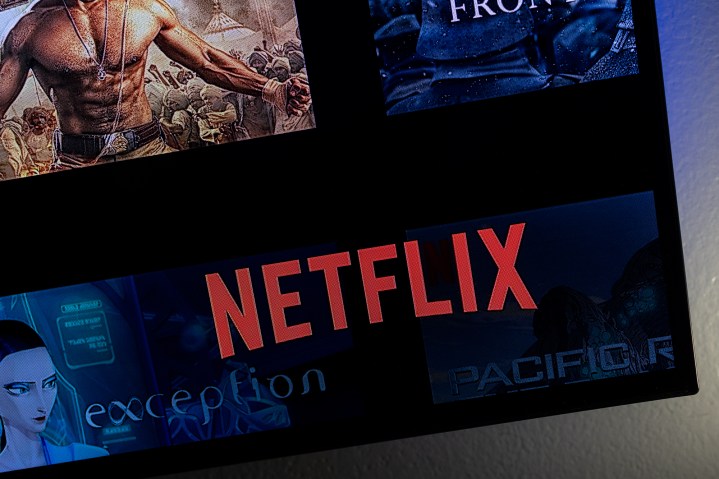If there’s one thing beloved by folks on the internet, it’s getting something for free. Free news. Free music. Free porn. Free status updates. Free photos. And, yes, free movies.
Netflix’s original sin — allowing the unfettered sharing of accounts — is what put the company in the position it’s in today, with more than 100 million “households” sharing accounts. (For context, the company said it has 230.75 million paid memberships at the end of 2022.) The status quo “undermines our long-term ability to invest and improve Netflix, as well as build our business,” Netflix wrote in its quarterly letter to shareholders.

The idea of account sharing in and of itself isn’t necessarily a bad thing. It makes sense in a lot of ways, and the tacit approval helped make Netflix the global leader in video-on-demand streaming that it is today. There are plenty of edge cases that make sense — and “families” and “households” have many definitions, after all. It could be a child with parents who live separately. Or a kid just going off to college. Or an adult who lives part-time one place, and part-time another.
But 100 million households that aren’t paying for Netflix is, as they say, real money that Netflix cannot and should not ignore any longer. And so Netflix started “carefully exploring different ways for people who want to share their account to pay a bit more.” It launched the plan in mid-2022 in eight Latin American countries before paring back after just three months to just three — Chile, Peru, and Costa Rica.
Netflix’s choice to allow password sharing in the first place was a costly mistake.
The messaging always was going to be tricky. But Netflix compounded the first problem — taking away something that used to be free — with poor communications. It warned the rest of the world that it was going to “start rolling out paid sharing more broadly” by the end of March 2023. But it didn’t say how. Given that the internet runs on outrage, that discrepancy left a vacuum to be filled by blogs looking to capitalize on the confusion when Netflix inadvertently showed help pages for the Chile, Peru and Costa Rica paid account sharing schemes to the rest of the world.
Netflix needs to clarify exactly how it plans to address those 100 million-plus “households” that are using the service but not paying for it. Will it be the same as in Chile, Peru and Costa Rica, with things more or less tied to your home network? Or something else? Will devices outside your home network really be blocked? Or will you be able to verify that those devices really are part of your “household” by what essentially amounts to two-factor authentication?
And Netflix should acknowledge that any scheme isn’t going to be fair to everyone. It simply can’t anticipate every possible variable.
But Netflix also needs to be prepared for the blowback. This is a pretty big Band-Aid that’s being pulled off painfully slowly for a remarkably large number of “households.” We keep using that word in quotation marks because, again, we don’t yet know Netflix’s definition.
But this much we do know: Netflix is coming for at least some of the money it’s left on the table for years. That’s going to be a hard pill for a lot of folks to swallow. The question is how hard folks are going to choke. Netflix must believe that more folks will sign up for a full account, or pay more for an additional household, than will cancel the service outright.
Editors' Recommendations
- The Golden Age of TV isn’t just over — it’s imploding
- Yes, Hulu is cracking down on password sharing, too
- Netflix kills Basic plan in U.S., U.K. as ads bring in more revenue
- Netflix expands its anti-password sharing scheme
- Netflix to crack down on password sharing starting in 2023




